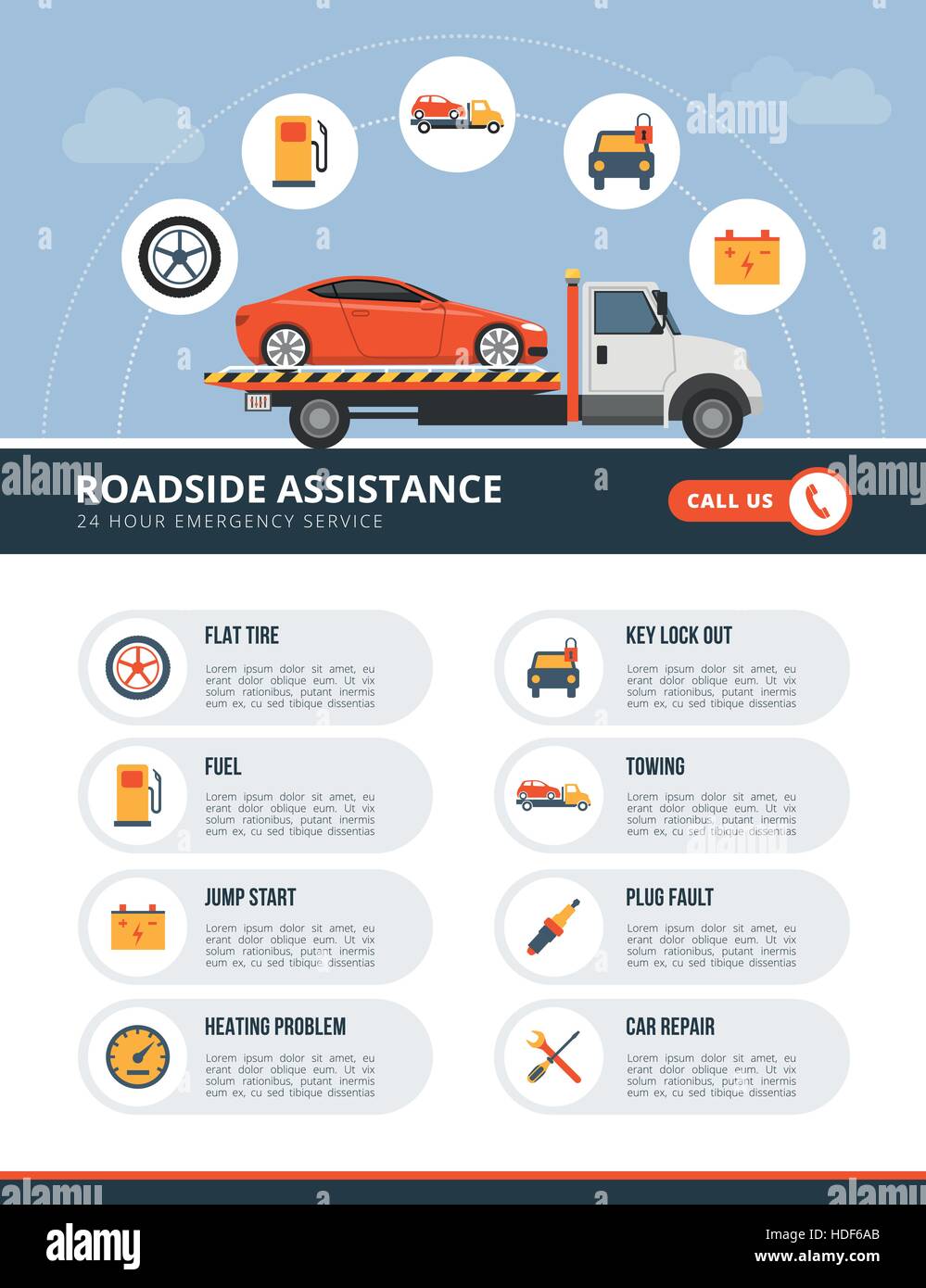Eager To Recognize What The Dashboard Caution Lights In Your Cars And Truck Signify? Discover Their Significances For The Health And Safety And Security Of Your Car
Eager To Recognize What The Dashboard Caution Lights In Your Cars And Truck Signify? Discover Their Significances For The Health And Safety And Security Of Your Car
Blog Article
https://www.automobilsport.com/cars-tuning--37,233196,10-Benefits-Of-Auto-Repair-Shop-Management-Software,news.htm -Lim Torres
When you lag the wheel, those radiant warning lights on your control panel can be a little bit perplexing. Do you know what they're trying to tell you concerning your automobile's health? Recognizing the value of these lights is vital for your security and the durability of your vehicle. So, the next time one of those lights appears, wouldn't you want to understand its message properly and take the essential actions to address it?
Common Warning Lights and Interpretations
Recognize usual caution lights in your automobile and understand their significances to make sure risk-free driving.
The most common caution lights include the check engine light, which indicates issues with the engine or exhausts system. If this light begins, it's crucial to have your car checked immediately.
The oil pressure warning light indicates reduced oil stress, requiring instant interest to prevent engine damages.
A flashing battery light may suggest a malfunctioning billing system, potentially leaving you stranded if not dealt with.
The tire stress monitoring system (TPMS) light informs you to reduced tire pressure, influencing vehicle stability and gas performance. Disregarding this might result in unsafe driving conditions.
https://carecutuning84951.bloggip.com/31136793/are-you-curious-regarding-locating-the-finest-automobile-service-center-in-your-vicinity-discover-the-leading-10-tips-that-will-certainly-aid-you-in-making-an-educated-choice shows a trouble with the anti-lock braking system, compromising your capability to stop promptly in emergency situations.
Finally, the coolant temperature cautioning light warns of engine overheating, which can lead to extreme damages if not fixed swiftly.
Comprehending these typical caution lights will aid you resolve issues promptly and preserve risk-free driving conditions.
Relevance of Prompt Interest
Understanding the typical caution lights in your vehicle is only the very first step; the importance of immediately dealing with these cautions can't be stressed sufficient to ensure your security on the road.
When a warning light brightens on your control panel, it's your vehicle's means of communicating a prospective issue that needs focus. Neglecting these cautions can lead to a lot more extreme problems later on, endangering your safety and potentially costing you more in repairs.
Prompt focus to advising lights can stop malfunctions and mishaps. For example, a blinking check engine light can show a misfire that, if left ignored, might create damage to the catalytic converter. Resolving this quickly can conserve you from a pricey fixing.
Similarly, a brake system advising light could signify reduced brake fluid or used brake pads, critical parts for your safety and security when driving.
Do It Yourself Troubleshooting Tips
If you see a warning light on your dashboard, there are a few DIY troubleshooting pointers you can try prior to seeking expert help.
The primary step is to consult your vehicle's guidebook to understand what the certain warning light shows. Often the problem can be as straightforward as a loosened gas cap causing the check engine light. Tightening up the gas cap may solve the issue.
One more typical problem is a reduced battery, which can set off numerous warning lights. Inspecting the battery connections for deterioration and guaranteeing they're protected might deal with the trouble.
If a caution light lingers, you can try resetting it by detaching the automobile's battery for a few mins and after that reconnecting it. In addition, examining your vehicle's fluid levels, such as oil, coolant, and brake fluid, can assist repair alerting lights associated with these systems.
Final thought
To conclude, understanding your car's caution lights is essential for maintaining your automobile running smoothly and securely. By immediately attending to these alerts and recognizing what they imply, you can prevent pricey repair services and prospective breakdowns.
Remember to consult your cars and truck's guidebook for specific details on each warning light and do something about it appropriately to make certain a hassle-free driving experience.
Stay educated, stay safe on the road!
